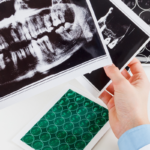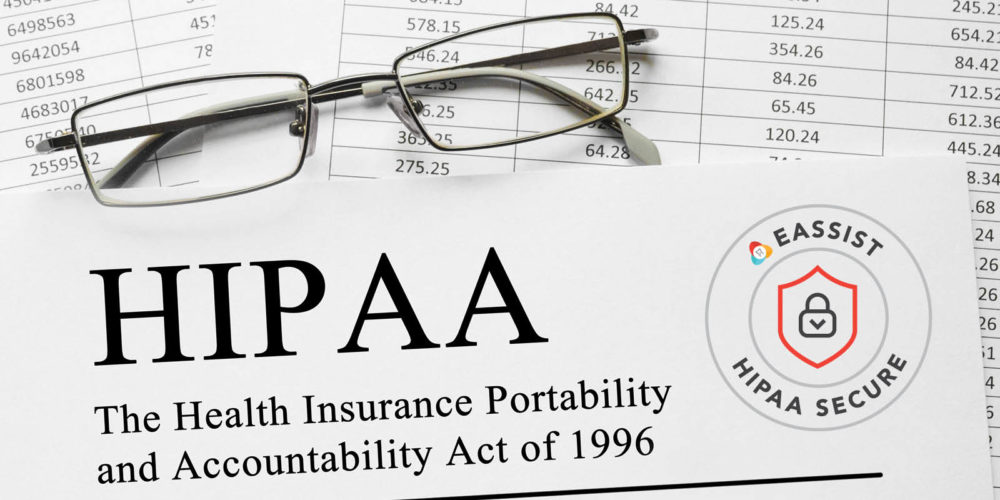United Concordia Companies, Inc.
United Concordia Companies, Inc. will begin denying claims for any periapical radiograph taken routinely on a patient who does not have complaints or symptoms. This statement is from the ADA News August 17, 2015.
At eAssist, we know that we must do everything in our power to get the claims paid.
A quote from one of eAssist Account Executives shows how as a group we try to find answers for the concerns that are affecting patient care in our offices:
I don’t know about the rest of you, but I am fed up with United Concordia. I’m fed up with their ridiculous new PA policy, I’m fed up with their overly strict qualifications for srps, and I’m fed up with their sub-par customer service reps. I feel like there should be something we can do from our positions as provider and patient advocates to fight back against UCCI’s unjust policies. BUT HOW? Can we all put our heads together and find something to do? I’m done with them, and I don’t think I’m the only one. Any ideas from the group?
J.K.
Account Executive
The ADA continues on with its report (from Kelly Soderlund) August 17, 2015
United Concordia sent a letter to participating dentists June 30 stating that beginning Aug. 14, periapical radiographs taken routinely in the absence of a patient complaining or showing specific signs and symptoms will be denied and the dentist will not be able to bill the patient. Periapical radiographs taken as a result of specific signs and/or symptoms that are supported by the Food and Drug Administration guidelines for prescribing radiographs will be allowed, according to the letter.
Claims must include a copy of the radiograph and an explanation of the patient’s signs and symptoms. Without this information, United Concordia will deny the claim for lack of diagnostic materials, the letter says.
Dr. Charles Hoffman, chair of the ADA Council on Dental Benefit Programs, wrote a letter to Dr. James Bramson, chief dental officer for United Concordia, on July 21 expressing the council’s opposition to the new policy.
“We disagree with such a policy and feel it is unnecessary for dentists to submit the actual radiographs,” Dr. Hoffman wrote. “Determination should be based on the reason for taking the radiograph, not what is subsequently seen on the radiograph. Review of the radiographs will not provide more information about the reason for taking the radiographs than simply clear justification that can be noted in the remarks section of the claim form itself.”
Dr. Hoffman emphasized that while the FDA guidelines don’t support routine periapical X-rays with a periodic oral evaluation, there can be legitimate reasons for taking them, either triggered by a specific patient complaint or following a clinical exam by a dentist at recall. CDBP is also concerned that the new policy will result in claims processing delays and increase the cost of doing business for dental offices that care for United Concordia patients.
Dr. Bramson responded to Dr. Hoffman’s letter on Aug. 3 and said United Concordia began implementing its periapical radiograph policy on Jan. 1, 2013, on a state-by-state basis and since then it has not affected the company’s timeliness or ability to accurately pay claims. He wrote that United Concordia took earlier concerns expressed by CDBP into consideration when weighing this policy but ultimately believes that the required documentation supports the rationale for providing the X-ray and makes the review and approval easier.
“While we recognize that radiation from dental films is minimal, we should all be concerned about any potential excess exposure due to radiation, particularly that from films that are prescribed on a routine basis in the absence of specific signs and/or symptoms,” Dr. Bramson wrote. “Our policy pertaining to periapicals taken with a periodic oral evaluation allows us to provide a benefit for radiographs, while protecting our members from receiving services that are not supported by current guidelines and expose them to radiation unnecessarily.”
CDBP began a dialogue with United Concordia executives in 2012 when it became aware of a possible policy change.
“The council in 2012 was able to convince United Concordia to change its original policy to deny all claims for radiographs associated with a periodic exam. After we intervened, they changed the policy to state the company would pay claims for those who had a reason for the radiograph,” Dr. Hoffman said. “Advocating on behalf of member dentists to third-party payers is our council’s primary focus.”
Follow this link to the FDA (Federal Food and Drug Administration) for the low down on rules to follow to get the x-rays paid. I recommend becoming familiar with this entire document so that we can effectively communicate to eAssist client offices.
The best defense is a great offense. The limiting of the use of periapical x-rays is to benefit the patient by limiting exposure. In the past and now x-rays on patients are diagnosed by the dentist prior to execution. The dentist is now being asked to be diligent in noting as to why the radiographs are necessary. Here are the clinical reasoning and these must be indicated on the claims to substantiate the need.
FDA Guidelines include the following clinical narratives to be on the claims.
*Clinical situations for which radiographs may be indicated include, but are not limited to:
- Positive Historical Findings
- Previous periodontal or endodontic treatment
- History of pain or trauma
- Familial history of dental anomalies
- Postoperative evaluation of healing
- Remineralization monitoring
- Presence of implants, previous implant-related pathosis or evaluation for implant placement
- Positive Clinical Signs/Symptoms
- Clinical evidence of periodontal disease
- Large or deep restorations
- Deep carious lesions
- Malposed or clinically impacted teeth
- Swelling
- Evidence of dental/facial trauma
- Mobility of teeth
- Sinus tract (“fistula”)
- Clinically suspected sinus pathosis
- Growth abnormalities
- Oral involvement in known or suspected systemic disease
- Positive neurologic findings in the head and neck
- Evidence of foreign objects
- Pain and/or dysfunction of the temporomandibular joint
- Facial asymmetry
- Abutment teeth for fixed or removable partial prosthesis
- Unexplained bleeding
- Unexplained sensitivity of teeth
- Unusual eruption, spacing or migration of teeth
- Unusual tooth morphology, calcification or color
- Unexplained absence of teeth
- Clinical tooth erosion
- Peri-implantitis
**Factors increasing risk for caries may be assessed using the ADA Caries Risk Assessment forms (0-6 years of age and over 6 years of age).
Dentists should conduct a clinical examination, consider the patient’s oral and medical histories, as well as consider the patient’s vulnerability to environmental factors that may affect oral health before conducting a radiographic examination. This information should guide the dentist in the determination of the type of imaging to be used, the frequency of its use, and the number of images to obtain. Radiographs should be taken only when there is an expectation that the diagnostic yield will affect patient care.
Dentists should develop and implement a radiation protection program in their offices. In addition, practitioners should remain informed on safety updates and the availability of new equipment, supplies, and techniques that could further improve the diagnostic ability of radiographs and decrease exposure.





0 Comments